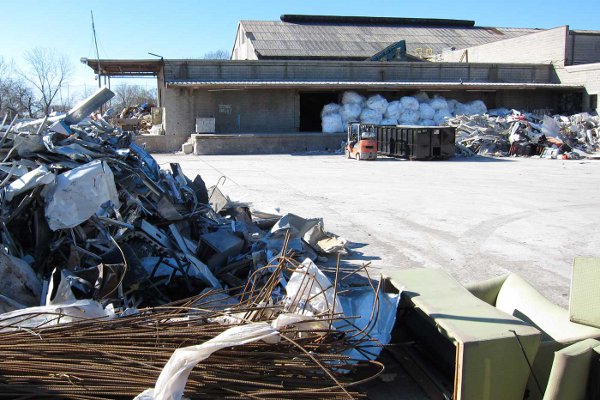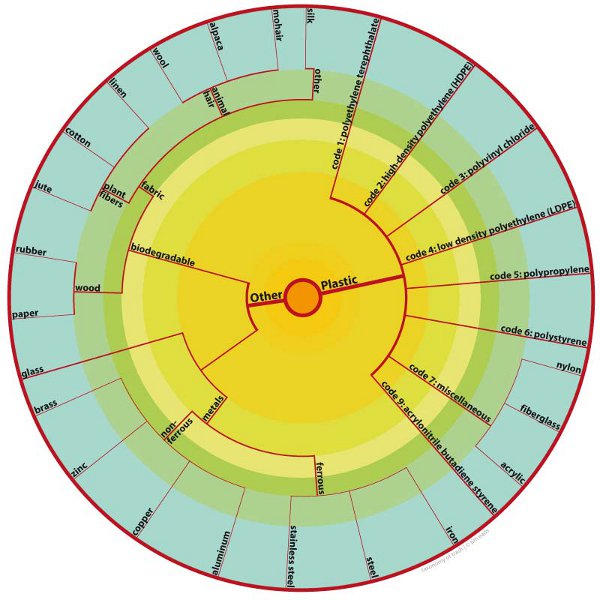
“The Taxonomy of Trash”
Think beauty exists in a junkyard? Well, a team of artists took to the piles of junk at Revolution Recovery recycling center in Philadelphia as part of the Recycled Artist-in-Residence program (RAIR) in order to find some. The project is called “The Taxonomy of Trash” and involves a multidisciplinary team of individuals who explored the refuse others didn’t want in order to prove, once and for all, that one person’s trash may in fact be someone else’s treasure. Participating in the effort were artist Tim Eads, photographer Carlos Avendaño, sound engineer Austen Brown, videographer Raul Romero and biologist Stacey Dougherty.
Back on Oct. 9, 2011, the group made its way to Revolution Recovery to sift through the stuff with only beauty in mind (and maybe a little science, too). Eads spent much of the day digging through mountains of objects attempting to cull the most interesting and curious for Avendaño’s lens. The result is a series of 100 photos, including all manner of ridged, coiled and latticed stuff. In these photos there are the smooth and the shattered, the multicolored and metallic, the recognizable and unrecognizable. All the while, Romero was busy documenting the events with his video camera.
Dougherty then got to work grouping the found objects using a type of taxonomy similar to that of plant and animal classifications. Instead of finding vertebrates and invertebrates, however, this taxonomic analysis yielded glass, metals, plastics and organic compounds. On the website, which just launched yesterday, there is a chart breaking down the categories of materials, as well as descriptions of what the different numbers on recyclable plastics really mean. This is extremely enlightening for anyone of an environmental ilk who may not have known all the details behind the recycling process or chemical makeup of what they use.
Also on the website are six tracks, composed by Brown, utilizing noises from the trash at hand. While on site, Brown used microphones to record the sounds produced when the objects were hit, dropped, warped or otherwise played like instruments. The results are glitchy tracks of electronic audio with names like “Paper,” “Bell” and “Hose.” As a project that straddles a variety of disciplines, the ambient soundtrack pairs well with the images and text as you peruse the website.
The site is an amazing culmination of a thoughtful project, but it’s still not the end of things yet. An exhibition is planned for the Delaware Center for Contemporary Art in 2013. Included in the show will be prints of the photos, as well as a sculpture created with some of the collected trash.
Recent Content
-
Artsarticle ·
-
Artsarticle ·
-
Artsarticle ·


